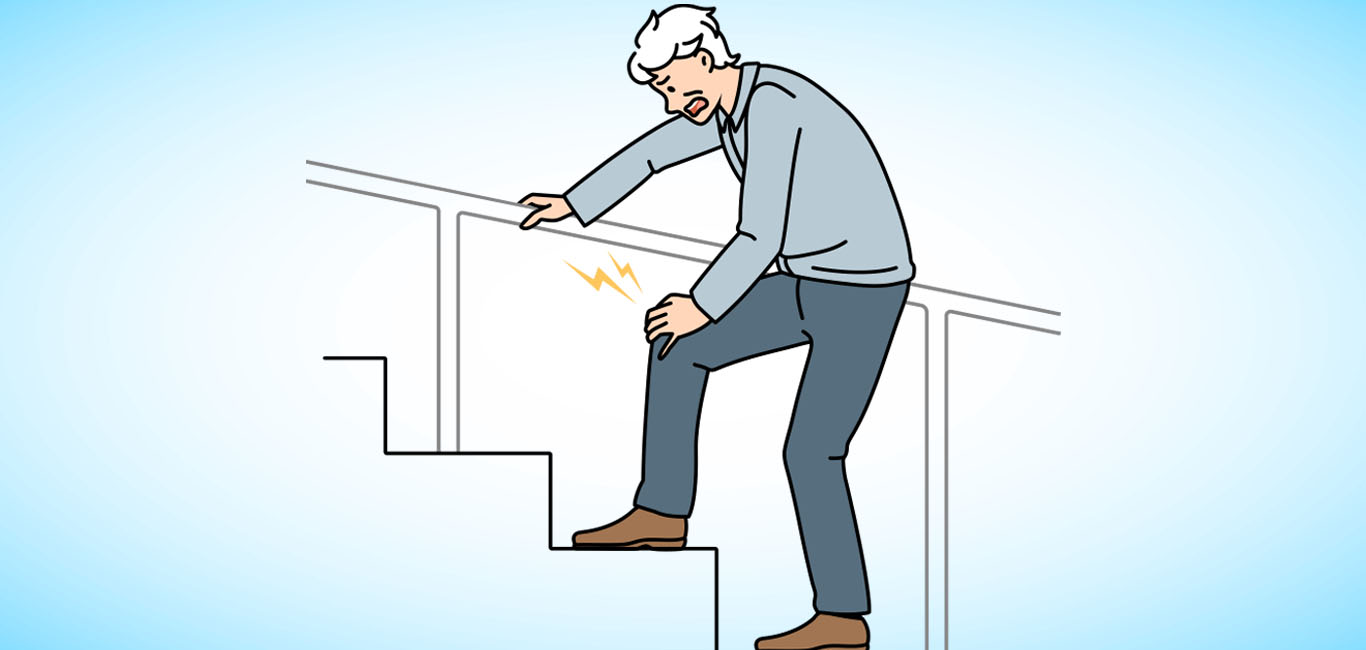
Gurpreet Singh (name changed), from Bathinda, Punjab, developed pain in his lower limbs that made even minor movements (flexion and extension) difficult. The pain started on the sides of his big toes and ankles and gradually moved from the heels to the knees.
His mornings started with “the worst pain I’ve ever had.” In addition, he experienced a burning sensation that prevented him from even wearing socks. The small joints of his feet had begun to swell and the skin in the region had turned red and shiny. He had started losing his appetite, felt constipated, and had body aches.
The 39-year-old visited many hospitals in Bhatinda with these complaints. His condition was managed for almost a year with medicines, but there was no marked improvement.
Finally, he decided to include ayurvedic therapies in his management plan. He reached out to Dr Priya Puesh Pargotra, a professor working at Rajiv Gandhi Government Post Graduate Ayurvedic College Hospital, Paprola, Himachal Pradesh.
Dr Pargotra structured a management plan that included putting Singh on laxatives (castor oil with milk) on a daily basis to cleanse his colon and gut.
Singh experienced positive results after undergoing this initial therapy—his pain reduced. Over the next 40 days, his symptoms and pain reduced considerably. Dr Pargotra says that the medicines recommended for Singh consisted of herbs with anti-inflammatory, antioxidant, analgesic and anti-rheumatic properties.
Moreover, cleansing the gut before starting the therapy helps the herbal medicines to act in the intended time. This could also help in reducing the frequency of pain attacks and the severity of the onset of symptoms.
Ayurvedic physicians say that the dos and don’ts that they recommend for gouty arthritis can help check the progression of the condition and ensure symptomatic relief.
Read more about arthritis and its ayurvedic classification here
Gouty arthritis is a condition that manifests due to the accumulation of excess uric acid in the form of uric acid crystals (mono-sodium urate crystals) in the small joints. These crystals initiate inflammatory changes in the joints, especially of the lower limb.
Ayurveda and gout
Ayurvedic literature describes a condition called vatarakta, a condition caused due to the disturbance of the air element’s physiology in association with the flow of blood in the body, especially in the small joints.
“Although most of the ayurvedic physicians do not draw a parallel of vatarakta with gouty arthritis, the symptoms are quite close,” says Dr Anjaly PK, chief consultant at Dhatri Ayurveda, Udupi, Karnataka.
Consuming salty, sour, and spicy foods in excess disturbs the air element (vata) and blood (rakta).
This unique combination of air elements and blood begins to pool in the small blood vessels of the small joints, causing symptoms of vatarakta (gout), explains Dr Srinidhi S, researcher and panchakarma specialist at Chakrapani Ayurvedalaya and Panchakarma Centre, Harihar, Davanagere, Karnataka.
Dr Anjaly explains that the body shows the symptoms initially in one of the lower limbs. Individuals begin experiencing a ‘pulling type of pain’ with a burning sensation in the legs. If the symptoms are overlooked, the condition advances and other symptoms such as intense pain, swelling, redness, and stiffness in the joints of the affected area start appearing.
The action plan
“Although the theory is the same for every case, the management plan is designed based on various factors such as chronicity of the condition, age, body type, and severity of the symptoms,” says Dr Srinidhi.
Various therapies such as sprinkling medicated oil (pariseka) for pain, oil massages (if there is no pain and just a burning sensation), and various combinations of enema are used. In addition, herbal medicines such as guggulu, giloy, and other bitter herbs are recommended. Every therapy and medicine is customised according to the need and symptoms of the person.
Bloodletting therapy for acute pain
“Bloodletting therapies such as leech therapy, cupping and venepuncture (siravyadha) reduce acute pain in gouty arthritis,” says Dr Anjaly.
Dr Srinidhi also agrees, and says that if one is experiencing a pricking type of pain, it is advisable to undergo bloodletting therapy.
In a 2020 study, 40 participants underwent different bloodletting therapies (leech therapy and venepuncture). The researchers found that both therapies were equally effective in pain management. Moreover, these interventions do not require anaesthesia and can be done in an OPD session.
However, these therapies can only relieve the pain temporarily. Panchakarma therapies such as enema (using herbs that are beneficial for gout) can provide long-term benefits, Dr Anjaly adds.
Herbal medicines
After the person undergoes these therapies, experts put them on herbal medicines that suit them, by looking into the intensity of the symptoms.
“We also recommend selected yoga postures for maintaining fitness,” says Dr Anjaly.
Role of lifestyle management
An unhealthy lifestyle and dietary factors such as excessive intake of high purine foods (red meat, shellfish, animal protein, fruit sugar (fructose), and alcohol) typically lead to this condition.
An ayurvedic management plan requires dietary interventions and lifestyle modifications even before the actual therapies start, says Dr Md Tanzil Ansari, an ayurvedic physician from Aligarh Unani & Ayurvedic Medical College & Hospital, Aligarh, Uttar Pradesh.
Dr Ansari substantiates his statement with his own small-scale clinical trial. In his study, 60 participants were allocated into two groups – one with regular medicines with lifestyle modification and the other without lifestyle modifications. He observed that participants who received medicines along with lifestyle modifications showed better results than the other group in managing gout.
Dos and don’ts
Say no to
- Horsegram, brinjal, curd, sugarcane and jackfruit
- All-purpose flour (maida)
- Vegetables with high purine content (asparagus, spinach, peas, cauliflower and mushrooms)
- Sleeping during the day
- Excessive intake of red meat, seafood and alcohol
Include
- Barley, jaggery and ginger in your diet
- Gourds (bottle gourd, ash gourd, ridge gourd and bitter gourd) and plenty of fluids
Read more about what to eat and what to trim down to avoid gout here

















